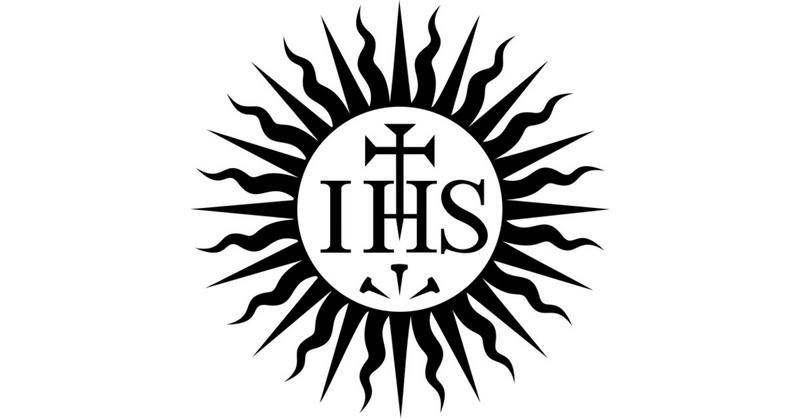The Jesuit Order: How Catholicism Took Over The World
By | October 15, 2020

Formed in 1540, the Jesuit Order began as a sect of militaristic monks ordained by the Catholic Church to travel the world, spreading the word of Christ. Their job wasn't a simple one: They were expected to convert literally everyone they met, which made them pariahs to much of the world, even as they brought millions to their flock. In the hundreds of years that the Jesuit Order has been kicking around, they've inspired conspiracy theories and debate over their practices, but they've also done quite a bit of good. As with any secret society, there's much to parse about the Jesuit Order.
Establishing The Jesuit Order
Six years before the Jesuit Order was officially established, Ignatius of Loyola, a Spanish soldier who'd experienced a religious awakening, set down his arms and inspired six of his students to take vows of poverty and chastity in the service of converting as many Muslims to Catholicism as possible. There was just one problem: Loyola and his followers couldn't travel to the Middle East, thanks to the Turkish Wars. They went to Rome instead to meet with the pope, figuring he might have some ideas and maybe even officialize them. In 1540, Pope Paul III finally approved Loyola's request to form a new religious society, and the Jesuit Order, A.K.A. the Society of Jesus, was officially sanctioned.

They Live, They Die, They Live Again
The Jesuit Order may have been militaristic in their beginnings, their look, and their whole vibe, but the first thing this group did was build schools across Europe where students learned about theology in addition to classical studies. Within 40 years, the group had built more than 30 primary and secondary schools in Europe as well as one in Macau and an art school in Japan.
From there, they journeyed the world on missions, and by the 1600s, they were embedded in communities across North America. They formed bonds with the tribes of Native Americans they attempted to convert to Catholicism, which annoyed the monarchies of Spain and Portugal because the new Christian Native American city-states, called "reductions," prevented residents from being corralled into slavery. By the 1760s, making such powerful enemies led to Jesuit universities in France being shut down and members of the order expelled from Spain and all of its colonies. In 1773, Pope Clement XIV abolished the order for good—or so he thought.
Just over 40 years after the Jesuit Order was scattered to the wind, Pope Pius VII restored the Jesuits to their original standing. During the 19th century, the Jesuits founded 22 more universities, but not everyone was happy to see them back in action. The Jesuits were banned from Norway in 1814, and Spain followed suit in the 1930s, mostly on the grounds that the order served a higher power than the state government.

Did The Jesuits Sink The Titanic? (No.)
Conspiracy theorists believe the Jesuits were secretly established to be a kind of Catholic army, waiting to overthrow a country's government at the utterance of a secret word from the pope. They've have long sat at the center of theories about everything from the Catholic Church to a supposed secret world bank to the sinking of the Titanic.
According to the theory, J.P. Morgan hosted a meeting in 1910 with seven major financiers who were all connected to the Jesuits and wanted to create a central bank that would become the Federal Reserve. Unfortunately, there were three things—or rather, three people—in their way: Benjamin Guggenheim, Isidor Straus, and John Jacob Astor IV. To remove these pesky obstacles, the Jesuits supposedly instructed Morgan to fund the construction of the Titanic, make sure those guys were on board, and sink the ship. Once the Titanic sank, they were free to create the Federal Reserve in 1913, just in time for the Jesuits to launch World War I.

Holocaust Heroes And The First Jesuit Pope
In the early days of World War II, more than 150 Jesuit priests were killed by the Nazis, their newspapers were raided, and many schools were closed under pressure from Hitler and his acolytes. Apparently, no one told the Nazis that you shouldn't mess with the Jesuits, seeing as they secretly control the world and stuff, and as we know, the Jesuits were not the most persecuted people of World War II. By the time the Nazi Party began systematically wiping out the Jewish people, they had gotten firmly on the Jesuits' bad side, and Jesuit priests and nuns did everything they could to hide Jewish children in convents and schools with the Jesuits of France. They helped thousands of Jewish people survive the Holocaust.
It's perhaps unsurprising, then, that following World War II, the number of Jesuits peaked in the 1950s. Even as their numbers fall, however, their institutions have continued to grow, thanks to the Vatican's dedication to establishing Jesuit schools in urban areas. In 2013, the group finally achieved Loyola's wildest dream when Jesuit Cardinal Jorge Bergoglio became Pope Francis.

